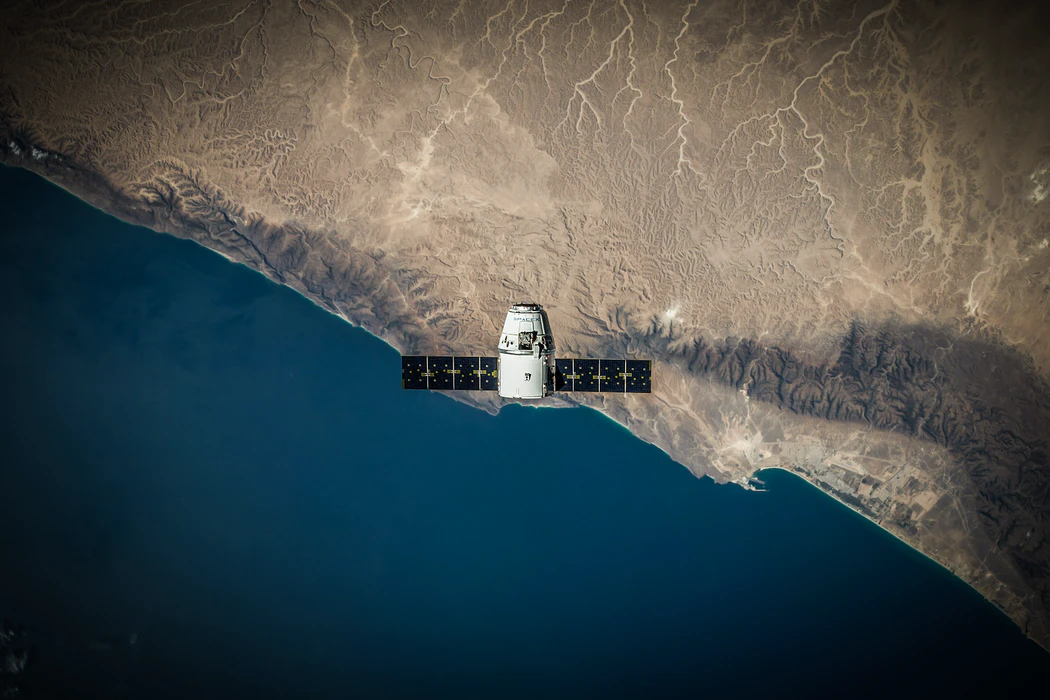Copyright SiliconANGLE News

Google LLC today detailed Project Suncatcher, an initiative to launch artificial intelligence chips into orbit aboard satellites. One of the main motivations behind the project is that solar panels generate significantly more power in space than on Earth. Moreover, there’s no need for batteries. On Earth, batteries provide a backup power source when a solar panel can’t generate electricity, for example at nighttime or during rainfall. Google believes that the efficiencies provided by space-based solar panels could eventually offset the cost of launching chips to space. “The cost of launching and operating a space-based data center could become roughly comparable to the reported energy costs of an equivalent terrestrial data center on a per-kilowatt/year basis,” Travis Beals, the senior director of Google’s Paradigms of Intelligence research unit, explained in a blog post. One of the challenges involved in operating orbital AI clusters stems from the fact that language models often run across multiple graphics cards. Those graphics cards, in turn, must coordinate their work. That means graphics cards installed in different satellites need a way to exchange data with one another. Google plans to sync information between satellites using a technology called FSO, or free-space optical communication. FSO encodes network traffic into laser beams. The challenge is that Google’s proposed FSO implementation would have to beam data at a rate of tens of terabits per second. Under normal circumstances, providing such bandwidth would require thousands of times more power than current FSO implementations. Google proposes to lower power requirements by deploying its satellites close to one another. The shorter the distance between two satellites, the less power is needed for data transmission. But while that arrangement addresses one technical challenge, it creates a new one. Satellites deployed in close proximity to one another must be prevented from colliding with their neighbors or straying off course. Google developed a set of physics algorithms to understand how a dense satellite constellation would operate. It determined that the challenges such a configuration presents are manageable. “The models show that, with satellites positioned just hundreds of meters apart, we will likely only require modest station-keeping maneuvers to maintain stable constellations within our desired sun-synchronous orbit,” Beals wrote. Google also studied whether AI chips can withstand the radiation to which they would be exposed in space. The evaluation focused on Trillium, the latest iteration of the company’s TPU machine learning accelerator series. Google determined that even Trillium’s most sensitive component, its HBM memory, could operate for years in orbit. Semafor reported that the company plans to deploy the first pair of TPU-equipped satellites in 2027. The pilot will be carried out with Planet Labs PBC, a publicly traded satellite operator. Google estimates that space-based AI clusters could become economically feasible in 2035.



